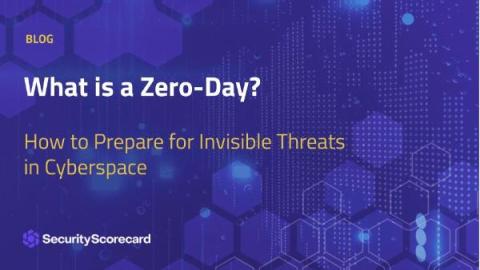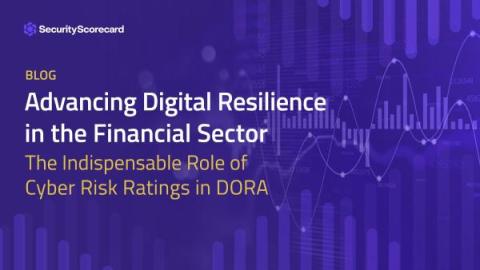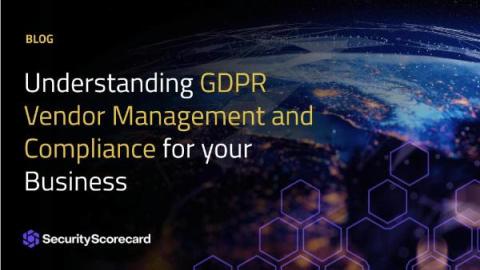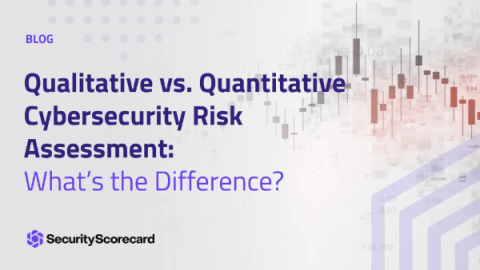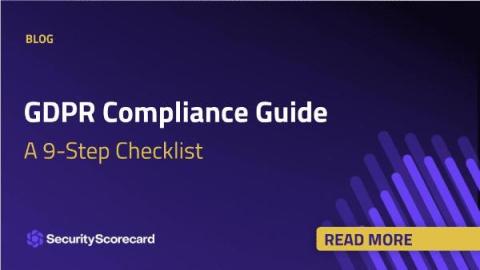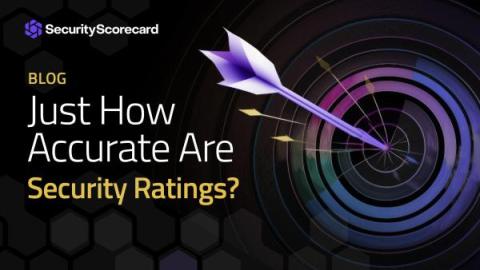What is a Zero-Day (0-Day)?
In the world of cybersecurity, zero-day vulnerabilities, zero-day attacks, and zero-day exploits keep many CISOs up at night. These terms, often shrouded in mystery and intrigue, denote a significant risk to digital systems and the sensitive data they hold. Understanding the intricacies of zero-day vulnerabilities and the exploits that leverage them is crucial for individuals, organizations, and governments seeking to fortify their defenses against cyber threats.


